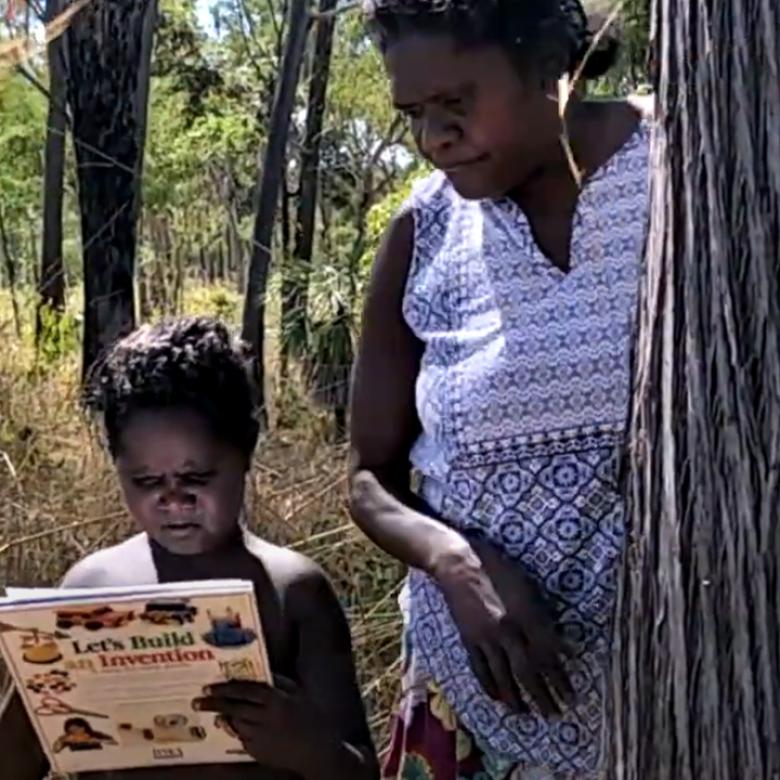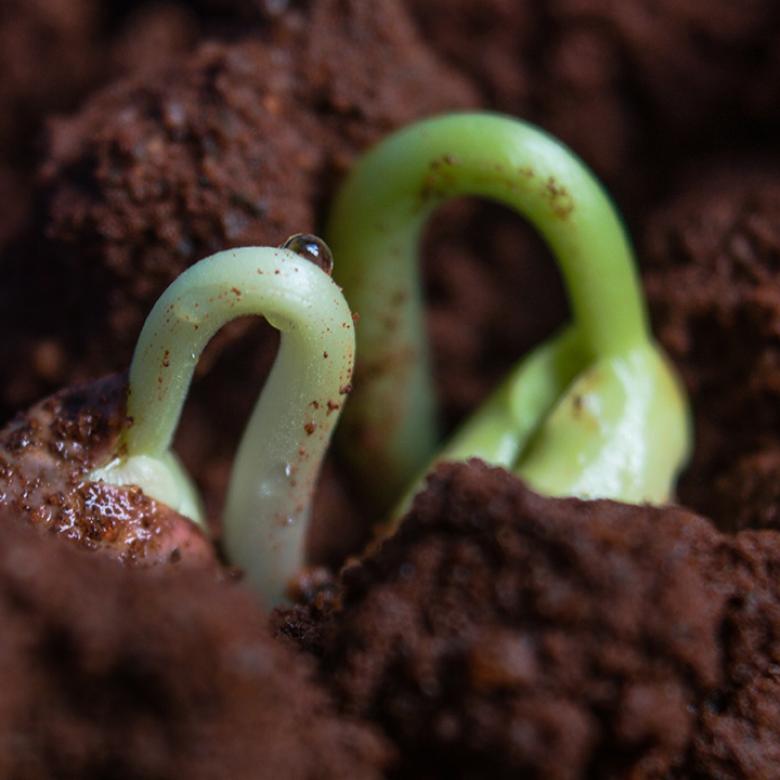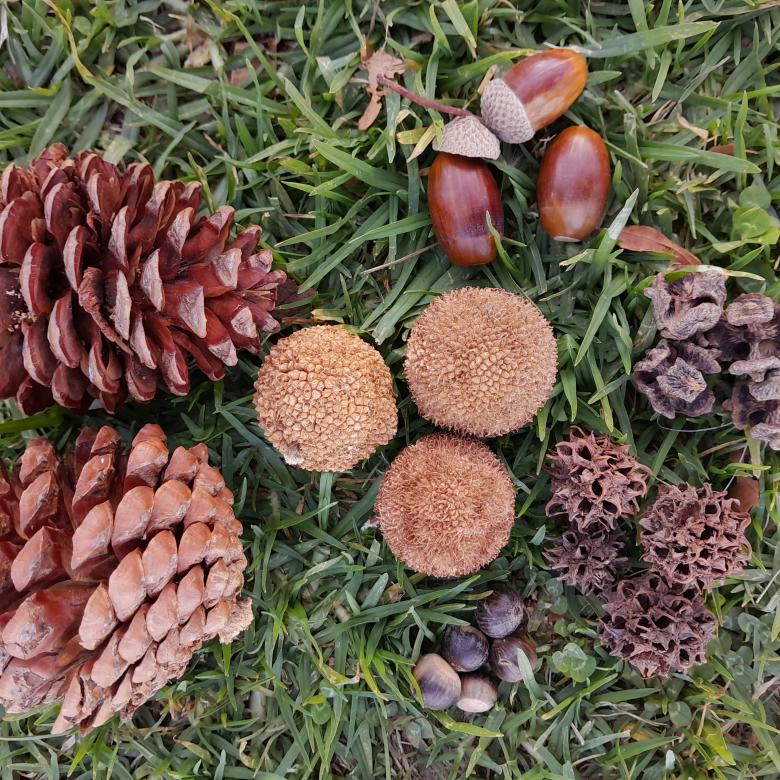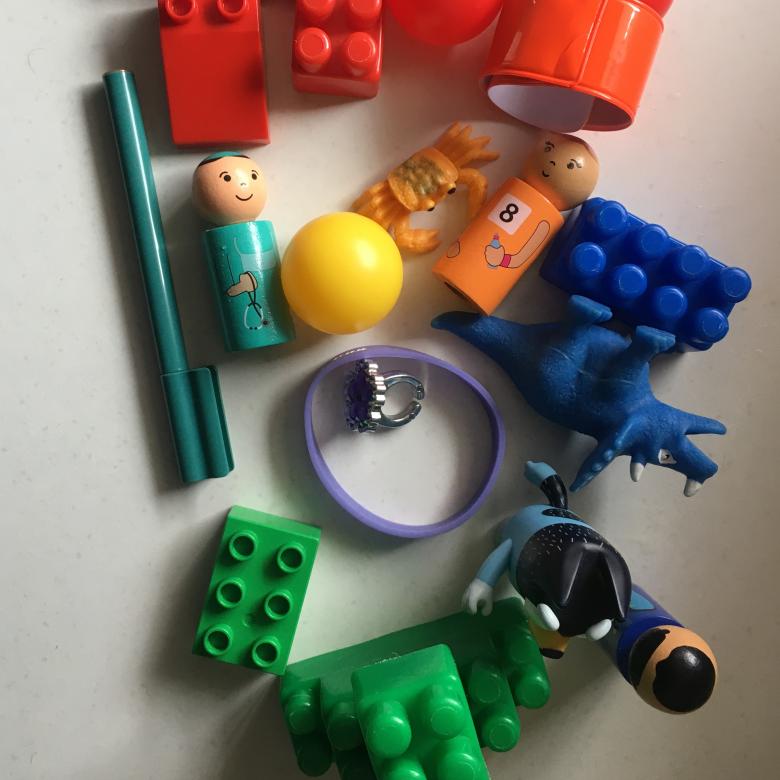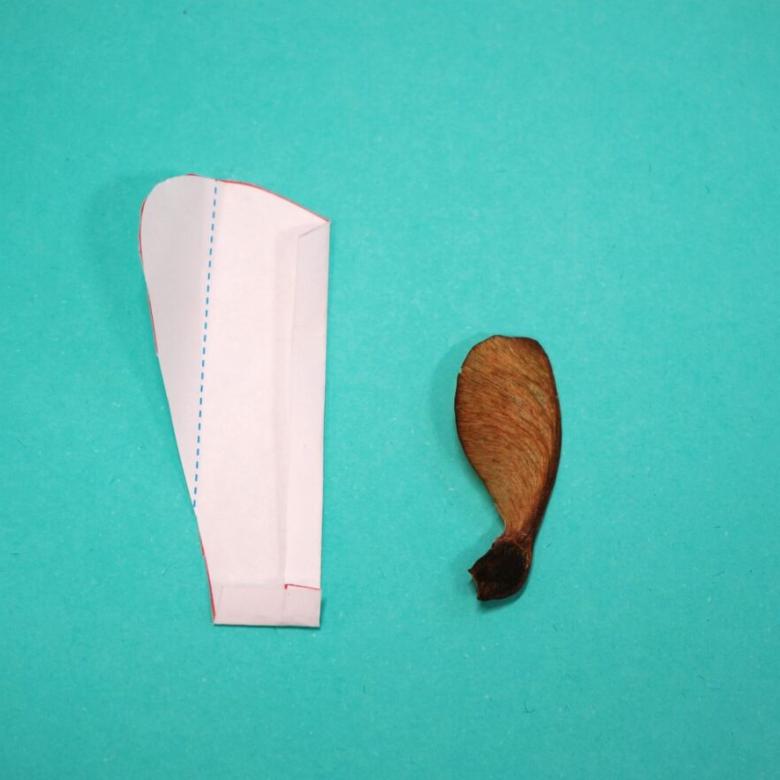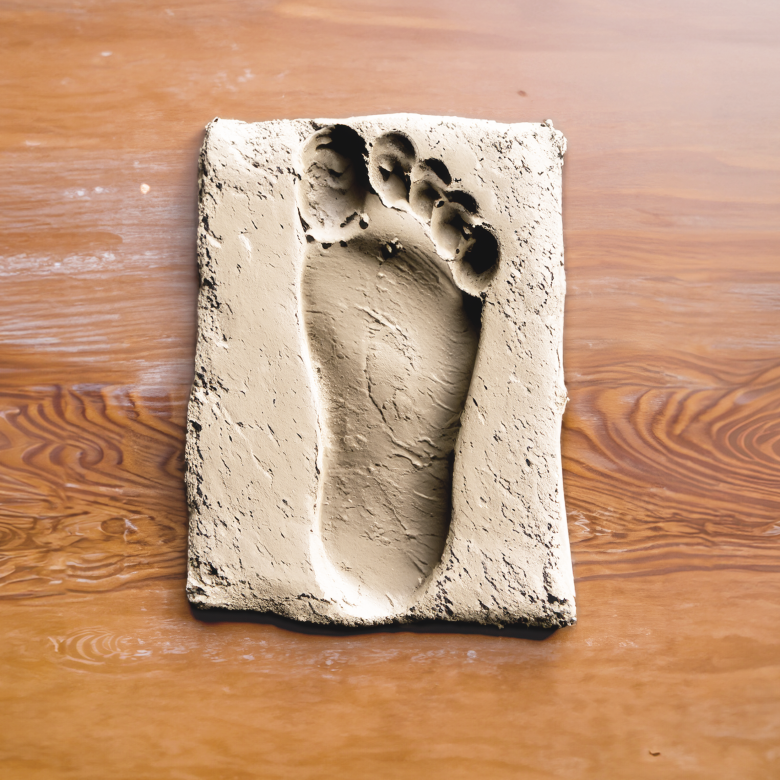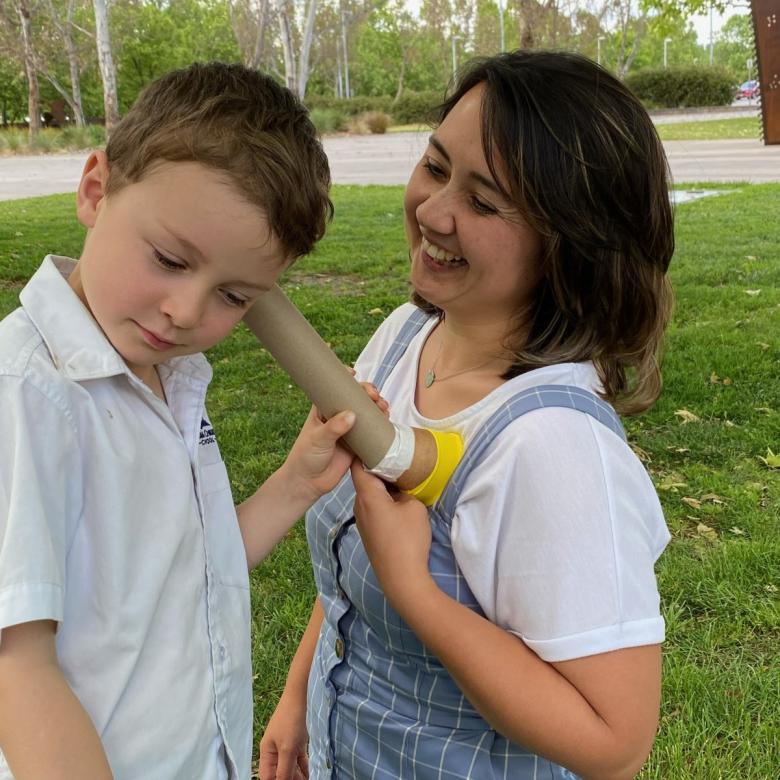You’ll need
- Fruits and vegetables (try tomato, capsicum, pumpkin, watermelon, apple and citrus fruit)
- A tea towel
- Shallow plastic containers (clear takeaway containers work well)
- Plastic trays (to put your cups, bottles and containers on to contain spills)
- A skewer or a nail (to poke drainage holes in the containers)
- Clear soft drink bottles
- Clear plastic cups
- Seed-raising mix or potting mix
- Toothpicks
- A spray bottle
- Water
- A 30 cm ruler or a measuring tape
What to do
- Gather your materials on a flat surface.
- Remove some seeds from your fruits. Rinse the seeds in water and allow them to dry on a tea towel.
Small seeds, like tomato, capsicum, apple, strawberry and raspberry
- Using the skewer or nail, make some small holes in the bottom of a shallow plastic container.
- Put the container on a tray and fill it with potting mix, to a height of around 3 cm.
- Press in some seeds against the sides of the container, to a depth of about twice the length of the seed.
- Spray the soil lightly with water and put the lid on the container.
- Put the container and tray in a warm area that gets some sunlight.
- Open the container and spray with water every few days if the soil is dry.
Medium seeds, like pumpkin, sunflower and watermelon
- Carefully cut the top half off a plastic bottle and recycle it.
- Use the skewer or nail to make 2 or 3 small holes just above the bottom of the bottle.
- Put the bottle on a tray and half fill it with potting mix.
- Press in 2 to 4 seeds against the sides of the bottle, to a depth of about twice the length of the seed.
- Spray generously with water.
- Put the bottle and tray in a warm area that gets some sunlight.
- Spray with water whenever the soil is dry.
Large seeds, like avocado
- Carefully insert 3 toothpicks at equal distances around the seed, with the point of the seed facing upwards.
- Place the seed on a plastic cup, so that the toothpicks sit on the rim of the cup, and the bottom of the seed sits lower than the rim.
- Pour water into the cup until it just touches the base of the seed. Change the water every few days to make sure the seed doesn’t rot.
All seeds
- Record what is happening over time. Did all of your seeds grow? Using a ruler, record growth regularly. How quickly do your seeds grow? How many leaves appear?
- Once plants outgrow their containers, you might like to replant them and continue to watch them grow.
Questions to ask
Which seeds grew and which seeds didn’t?
If your seeds didn’t grow, find out where in the world these plants normally grow. What could you change to re-create their natural environment to help them grow?
How many leaves did your seedlings have when they first sprouted?
What happens as your plants grow?
Research the different kinds of plants you grew. How old do they need to be to develop flowers, fruit and seeds?
Think about other foods, such as garlic, potatoes and pineapples. Have you ever seen their seeds? Do they follow the same life cycle?
Do mushrooms have seeds? How do they grow? (Mushroom-growing kits are widely available if you’d like to try growing some!)
What's happening
Seeds contain everything a plant needs to transform from a seed into a seedling – just add water and light! A seed has a copy of the plant’s DNA (so it will grow into the same type of plant) and food to help the plant grow into a seedling. All of this is protected by a hard coating or shell, so that the seed will last a long time until the conditions are right for it to grow. When a seed finally sprouts and turns into a seedling, the process is called germination.
Seeds need water, oxygen and warmth to germinate. The amount of each depends on the species of plant. When the seed absorbs water, it knows it is time to grow – inside the seed, the water triggers chemical messengers, called enzymes, which let the seed know it is time to germinate. If there is too much water, the seed might rot or drown because it is not getting enough oxygen. Some seeds need to be within a certain temperature range to germinate. If it is too hot or too cold, the seed won’t grow.
When plants first germinate, they will sprout a root at the base of the seed to seek out water in the soil. Once the roots start to grow, the young plant will send a shoot up to the surface of the soil and sprout leaves from the seed. Some types of plants sprout 1 leaf at first (these plants are called monocots), and others sprout with 2 leaves (these plants are called dicots).
Did you know
The largest seed in the world (according to the Guinness World Records) is the seed of the giant fan palm. It’s also known as the double coconut or coco de mer. The seeds weigh up to 20 kg! The female trees have to be 100 years old before they produce seeds. The seed takes a whole year to germinate and another year before it grows its first leaf.


